
Lehrgebiet: Theoretische Informatik und künstliche Intelligenz
Büro: 01.214
Labor: 04.105
Telefon: +49 208 88254-806
E-Mail:
🛜 http://lab.iossifidis.net
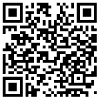
Ioannis Iossifidis studierte Physik (Schwerpunkt: theoretische Teilchenphysik) an der Universität Dortmund und promovierte 2006 an der Fakultät für Physik und Astronomie der Ruhr-Universität Bochum.
Am Institut für Neuroinformatik leitete Prof. Dr. Iossifidis die Arbeitsgruppe Autonome Robotik und nahm mit seiner Forschungsgruppe erfolgreich an zahlreichen, vom BmBF und der EU, geförderten Forschungsprojekten aus dem Bereich der künstlichen Intelligenz teil. Seit dem 1. Oktober 2010 arbeitet er an der HRW am Institut Informatik und hält den Lehrstuhl für Theoretische Informatik – Künstliche Intelligenz.
Prof. Dr. Ioannis Iossifidis entwickelt seit über 20 Jahren biologisch inspirierte anthropomorphe, autonome Robotersysteme, die zugleich Teil und Ergebnis seiner Forschung im Bereich der rechnergestützten Neurowissenschaften sind. In diesem Rahmen entwickelte er Modelle zur Informationsverarbeitung im menschlichen Gehirn und wendete diese auf technische Systeme an.
Ausgewiesene Schwerpunkte seiner wissenschaftlichen Arbeit der letzten Jahre sind die Modellierung menschlicher Armbewegungen, der Entwurf von sogenannten «Simulierten Realitäten» zur Simulation und Evaluation der Interaktionen zwischen Mensch, Maschine und Umwelt sowie die Entwicklung von kortikalen exoprothetischen Komponenten. Entwicklung der Theorie und Anwendung von Algorithmen des maschinellen Lernens auf Basis tiefer neuronaler Architekturen bilden das Querschnittsthema seiner Forschung.
Ioannis Iossifidis’ Forschung wurde u.a. mit Fördermitteln im Rahmen großer Förderprojekte des BmBF (NEUROS, MORPHA, LOKI, DESIRE, Bernstein Fokus: Neuronale Grundlagen des Lernens etc.), der DFG («Motor‐parietal cortical neuroprosthesis with somatosensory feedback for restoring hand and arm functions in tetraplegic patients») und der EU (Neural Dynamics – EU (STREP), EUCogII, EUCogIII ) honoriert und gehört zu den Gewinnern der Leitmarktwettbewerbe Gesundheit.NRW und IKT.NRW 2019.
ARBEITS- UND FORSCHUNGSSCHWERPUNKTE
- Computational Neuroscience
- Brain Computer Interfaces
- Entwicklung kortikaler exoprothetischer Komponenten
- Theorie neuronaler Netze
- Modellierung menschlicher Armbewegungen
- Simulierte Realität
WISSENSCHAFTLICHE EINRICHTUNGEN
- Labor mit Verlinkung
- ???
- ???
LEHRVERANSTALTUNGEN
- ???
- ???
- ???
PROJEKTE
- Projekt mit Verlinkung
- ???
- ???
WISSENSCHAFTLICHE MITARBEITER*INNEN

Felix Grün
Büro: 02.216 (Campus Bottrop)

Marie Schmidt
Büro: 02.216 (Campus Bottrop)
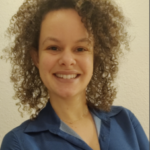
Aline Xavier Fidencio
Gastwissenschaftlerin

Muhammad Ayaz Hussain
Doktorand
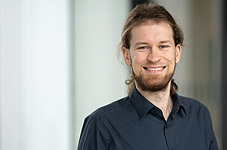
Tim Sziburis
Doktorand

Farhad Rahmat
studentische Hilfskraft
GOOGLE SCHOLAR PROFIL
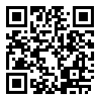
Artikel
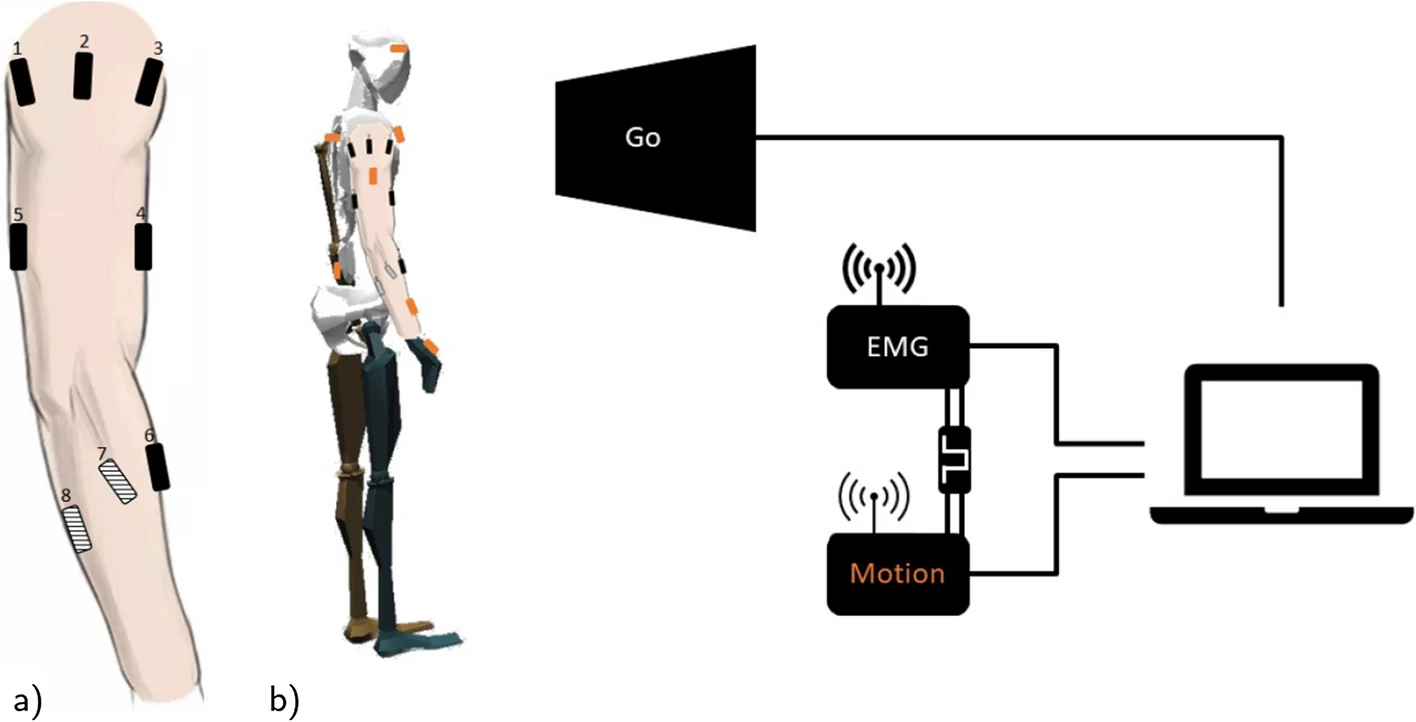
Schmidt, Marie D.; Glasmachers, Tobias; Iossifidis, Ioannis
The Concepts of Muscle Activity Generation Driven by Upper Limb Kinematics Artikel
In: BioMedical Engineering OnLine, Bd. 22, Nr. 1, S. 63, 2023, ISSN: 1475-925X.
Abstract | Links | BibTeX | Schlagwörter: Artificial generated signal, BCI, Electromyography (EMG), Generative model, Inertial measurement unit (IMU), Machine Learning, Motion parameters, Muscle activity, Neural networks, transfer learning, Voluntary movement
@article{schmidtConceptsMuscleActivity2023,
title = {The Concepts of Muscle Activity Generation Driven by Upper Limb Kinematics},
author = {Marie D. Schmidt and Tobias Glasmachers and Ioannis Iossifidis},
url = {https://doi.org/10.1186/s12938-023-01116-9},
doi = {10.1186/s12938-023-01116-9},
issn = {1475-925X},
year = {2023},
date = {2023-06-24},
urldate = {2023-06-24},
journal = {BioMedical Engineering OnLine},
volume = {22},
number = {1},
pages = {63},
abstract = {The underlying motivation of this work is to demonstrate that artificial muscle activity of known and unknown motion can be generated based on motion parameters, such as angular position, acceleration, and velocity of each joint (or the end-effector instead), which are similarly represented in our brains. This model is motivated by the known motion planning process in the central nervous system. That process incorporates the current body state from sensory systems and previous experiences, which might be represented as pre-learned inverse dynamics that generate associated muscle activity.},
keywords = {Artificial generated signal, BCI, Electromyography (EMG), Generative model, Inertial measurement unit (IMU), Machine Learning, Motion parameters, Muscle activity, Neural networks, transfer learning, Voluntary movement},
pubstate = {published},
tppubtype = {article}
}
Proceedings Articles
Schmidt, Marie Dominique; Iossifidis, Ioannis
Decoding Upper Limb Movements Proceedings Article
In: BCCN Bernstein Network Computational Networkvphantom, 2024.
Abstract | Links | BibTeX | Schlagwörter: BCI, Machine Learning, Muscle activity
@inproceedings{DecodingUpperLimb2024,
title = {Decoding Upper Limb Movements},
author = {Marie Dominique Schmidt and Ioannis Iossifidis},
url = {https://abstracts.g-node.org/conference/BC24/abstracts#/uuid/4725140f-ce7c-4ac5-b694-c627ceeb8d98},
year = {2024},
date = {2024-09-18},
urldate = {2024-09-24},
publisher = {BCCN Bernstein Network Computational Networkvphantom},
abstract = {The upper limbs are essential for performing everyday tasks that require a wide range of motion and precise coordination. Planning and timing are crucial to achieve coordinated movement. Sensory information about the target and current body state is critical, as is the integration of prior experience represented by prelearned inverse dynamics that generate the associated muscle activity. We propose a generative model that uses a recurrent neural network to predict upper limb muscle activity during various simple and complex everyday movements. By identifying movement primitives within the signal, our model enables the decomposition of these movements into a fundamental set, facilitating the reconstruction of muscle activity patterns. Our approach has implications for the fundamental understanding of movement control and the rehabilitation of neuromuscular disorders with myoelectric prosthetics and functional electrical stimulation.},
keywords = {BCI, Machine Learning, Muscle activity},
pubstate = {published},
tppubtype = {inproceedings}
}
